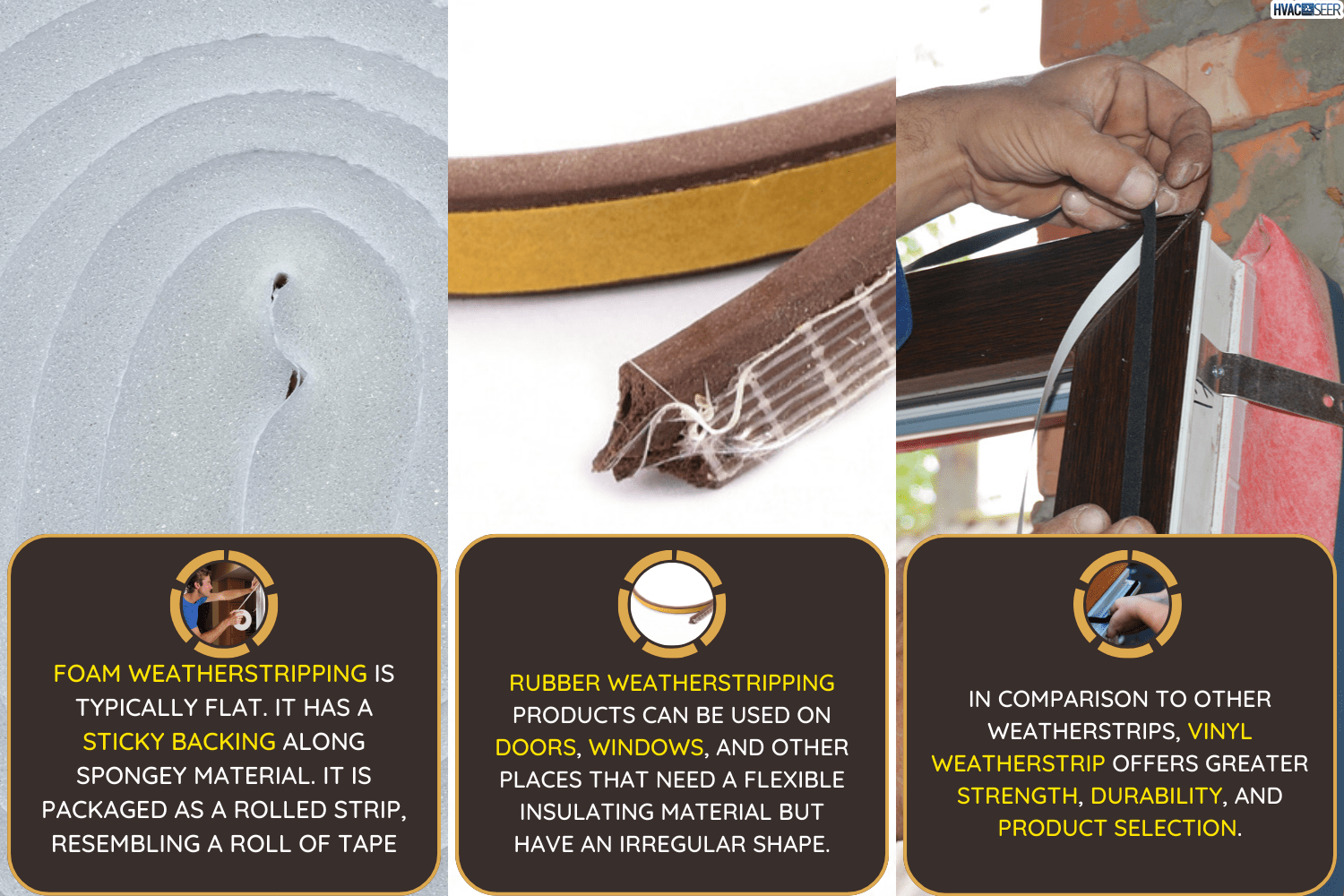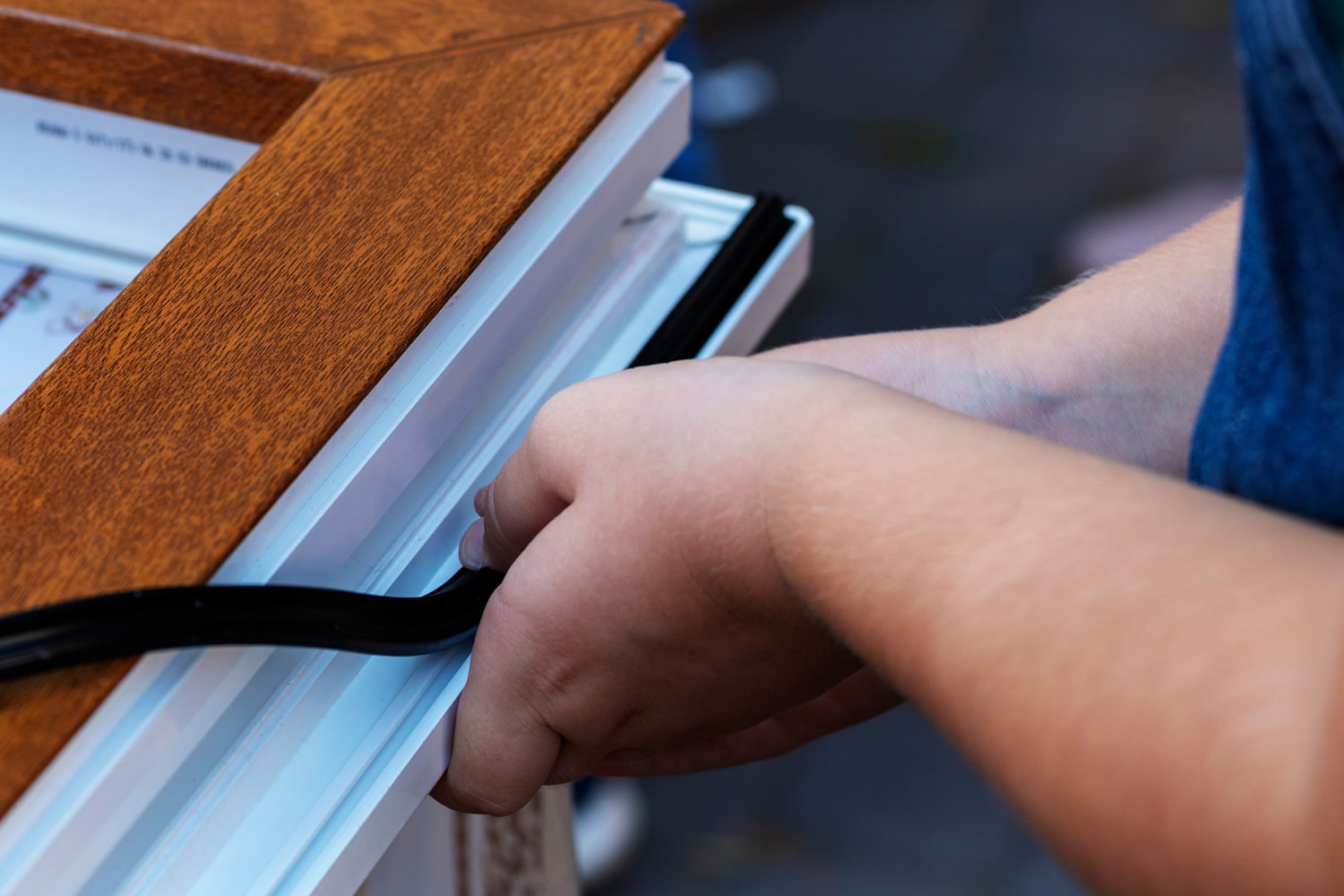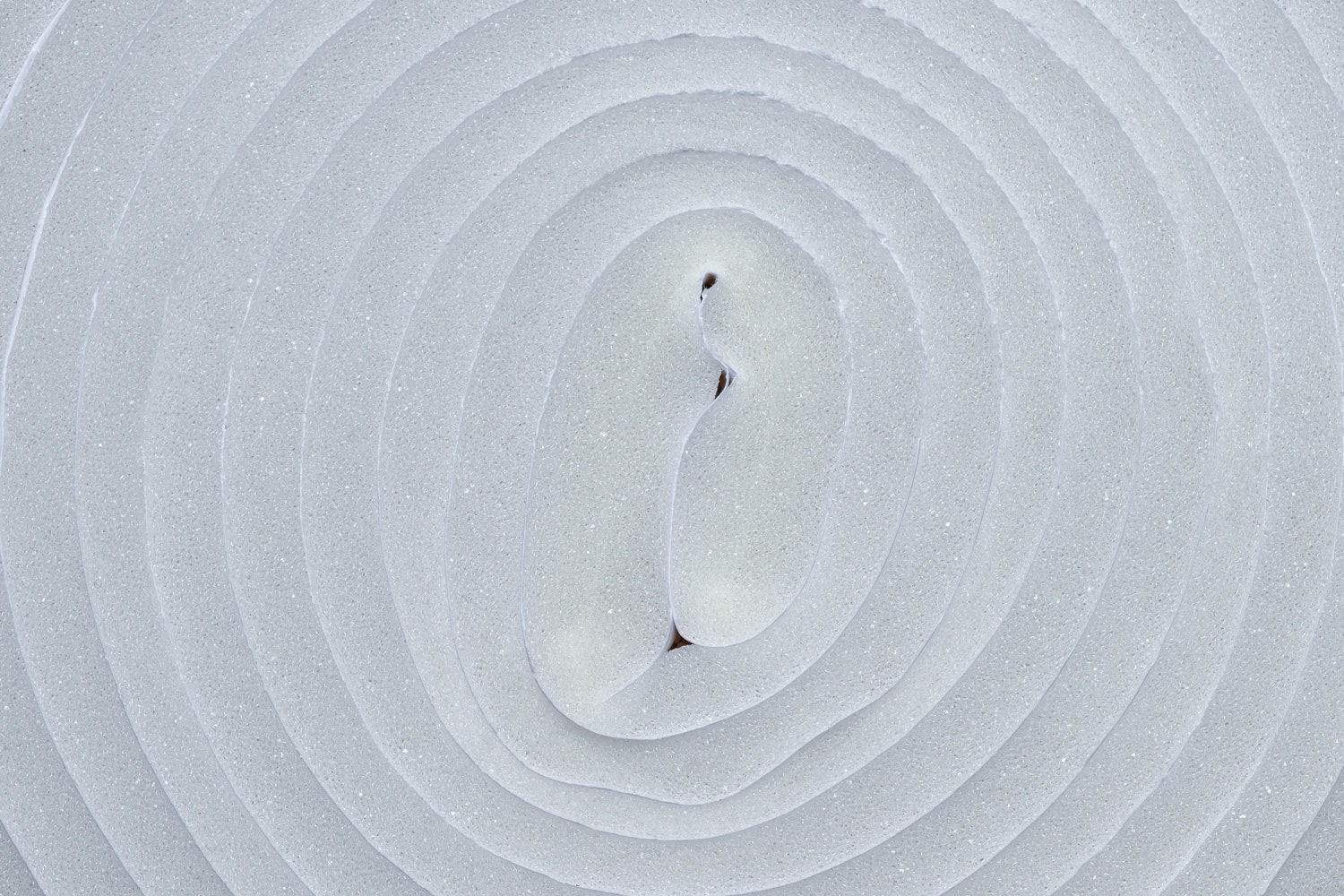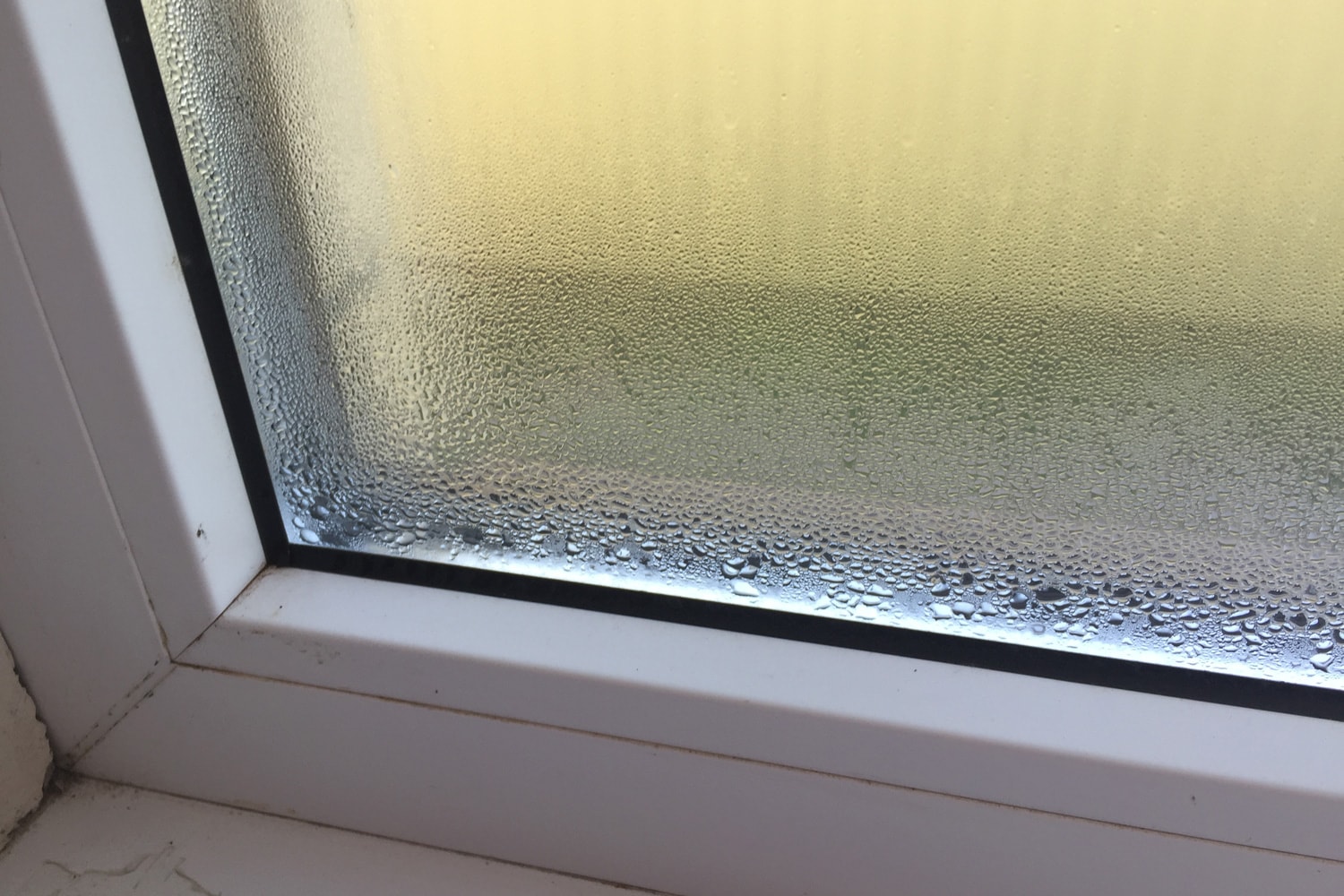The presence of weatherstripping on your door provides protection, preventing noise and cold from penetrating and entering your house. There are various types of weatherstripping materials on the market that serve to provide very good benefits to homeowners. We have consulted experts on this matter, and here's what we learned about various weatherstripping materials.
Foam, rubber, and vinyl are good weatherstripping materials. But, in comparison, vinyl weatherstripping offers greater alternatives such as strength, durability, and a vast product selection to choose the best option for your doors or windows.
If you intend to install weatherstripping material on your doors or windows, it is important to get all the necessary information you need. To know more, we encourage you to keep reading.

Foam, Rubber, Or Vinyl Weather Stripping: Which Is Right For Your Home?
Weatherstripping prevents harsh elements like rain, snow, and wind from getting into the home. These materials properly seal around doors and windows to keep warm air inside and cool drafts out.

Type of Weatherstrips
There are three major types of weatherstrips: foam, rubber, and vinyl. Here are the features to help you decide which material is right for your home.
Foam Type
Foam weatherstripping is typically flat. It has a sticky backing along spongey material. It is packaged as a rolled strip, resembling a roll of tape. A foam weatherstrip includes the adhesive used to secure it to the door or window frames, making it the best weatherstrip for a crack.
To get started applying it, remove the sticker strip from the foam and place it along the door frame surface.
Check out this DSL Foam Weather Stripping Door Seal on Amazon.
Rubber Type
Rubber weatherstripping products can be used on doors, windows, and other places that need a flexible insulating material but have an irregular shape.
Rubber weatherstrip can be cut using your regular household scissors to the length or size required. The rubber strip is also available in various widths and thicknesses.
Check out this Fingwerk Rubber Weather Stripping Seal on Amazon.
Vinyl
Vinyl weatherstrip is the simplest to install but comes at higher prices. Vinyl is also used in a variety of weatherstripping materials, including the following:
- Door sweep pieces
- Stops for windows and doors
- V-strips
- Rolled stops
In comparison to other weatherstrips, vinyl weatherstrip offers greater strength, durability, and product selection. These features set it apart from the other weatherstrip options.
Check out this Frost King Tubular Vinyl Weatherstrip on Amazon.
What Type Of Weatherstrip Tape Should Be Used For Cracks?
The best type of weatherstrip tape to use for cracks is foam weatherstrip. This is because it is made from rubber that is adhesive and can stick to cracks easily without drying.
What Is The Best Way To Weatherstrip A Door?

When weatherstripping a door, one needs to be very careful to get the job done properly. If these steps are not adhered to, it might turn out poorly. The following are steps by which you can apply weatherstrip to a door, and they are:
Clean And Measure The Door
Ensure that the door is clean. You might not be able to install your new product cleanly and precisely because dirt and filth have crept in on the door. You can use warm water and detergent or soap. A clean door is necessary before anything can be done.
After cleaning the doorway, start taking measurements. Be sure to precisely measure all those spots because you will need door seal strips there as well as across the top and bottom.
Inspect the Door Hinges and Select Weatherstripping Material
Try to raise the door by pulling upward on the doorknob to make sure the hinges are secured tightly and there is no movement. By doing this, you can make sure the door is secured, which will help the freshly placed weatherstripping fit the gaps evenly and do its job correctly.
After checking the hinges, choose the material and kind of weather stripping you prefer, then use the door measures to purchase it. Since you can always reduce strips to length but not make them longer, it is usually preferable to get a little bit too much than not enough.
Also, note that you would be cutting your weatherstripping material into three pieces, so keep this in mind when choosing the length.
Start Attaching The Weatherstripping
While attaching the weatherstripping, make sure the material adheres properly to the door. Make sure to stick the stripping to the bottom of the door after removing the adhesive backing, and ensure smoothness by running your hands through it.
You can now nail the weatherstripping leaving a two inches of space between nails. After nailing, you can check for proper attachment by opening and closing the door. If the weatherstripping is not installed properly, this is where you make adjustments where necessary.
Should Weatherstripping Go On the Door Or Frame?

Weatherstripping could be attached to the door or the doorframe. To prevent the cold from trying to enter your home anytime, you close the door; the weatherstrip will create a tight seal. This tight seal helps in keeping the temperature in the home to be normal.
Is Rubber Or Vinyl Weatherstripping Better For Garage Door Seal?

Since garages are mostly built outside the main house, their doors are constantly exposed to the elements. In addition, garages are more exposed to pests like squirrels that would easily break in through cracked openings in the door.
If you'll like to add a weatherstrip to your door, then rubber weatherstripping is the best option. It can withstand both hot and cold seasons, unlike vinyl which can easily dry out.
How Often Should The Weatherstrip Be Replaced?
Weatherstripping should be updated if it has been more than two or three years since you last replaced it. However, you could need to replace weatherstrips considerably more frequently depending on how frequently and how much a door is used.
The weatherstripping on doors used frequently, like the front door, will inevitably deteriorate more quickly and become less effective at keeping heat inside your home, necessitating replacement once or twice a year.
In addition, it is not necessary to wait until there is significant airflow surrounding the door before performing the examination. To frequently check for air leaks, feel around the door. It is time to replace the weatherstripping on the front door if you can feel the outside temperature leaking in or the interior temperature leaking out.
Does Weatherstripping Keep Bugs Out?

Weatherstripping plays a vital role in ensuring that the house is protected from insects. Installing weatherstripping along the edges of your door helps prevent bugs from getting in because the presence of bugs can introduce diseases to the home.
Foam weatherstripping is commonly used for this purpose. It is cost-friendly and plus easy to install. However, if you have a sliding door that is used frequently, it might wear out with time.
In addition to weatherstripping, you can also add a door sweep below your door for an extra layer of protection against bugs.
Conclusion
Weatherstripping plays a great role in ensuring your comfort in your home all season. There are different types of weatherstripping materials, but rubber, foam, and vinyl are the most popular. To make the best choice for your home, consider the features of these materials and the type of space you intend to fill.
If this information was useful, we have similar engaging posts that you would like.



